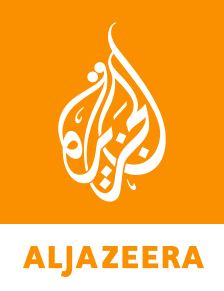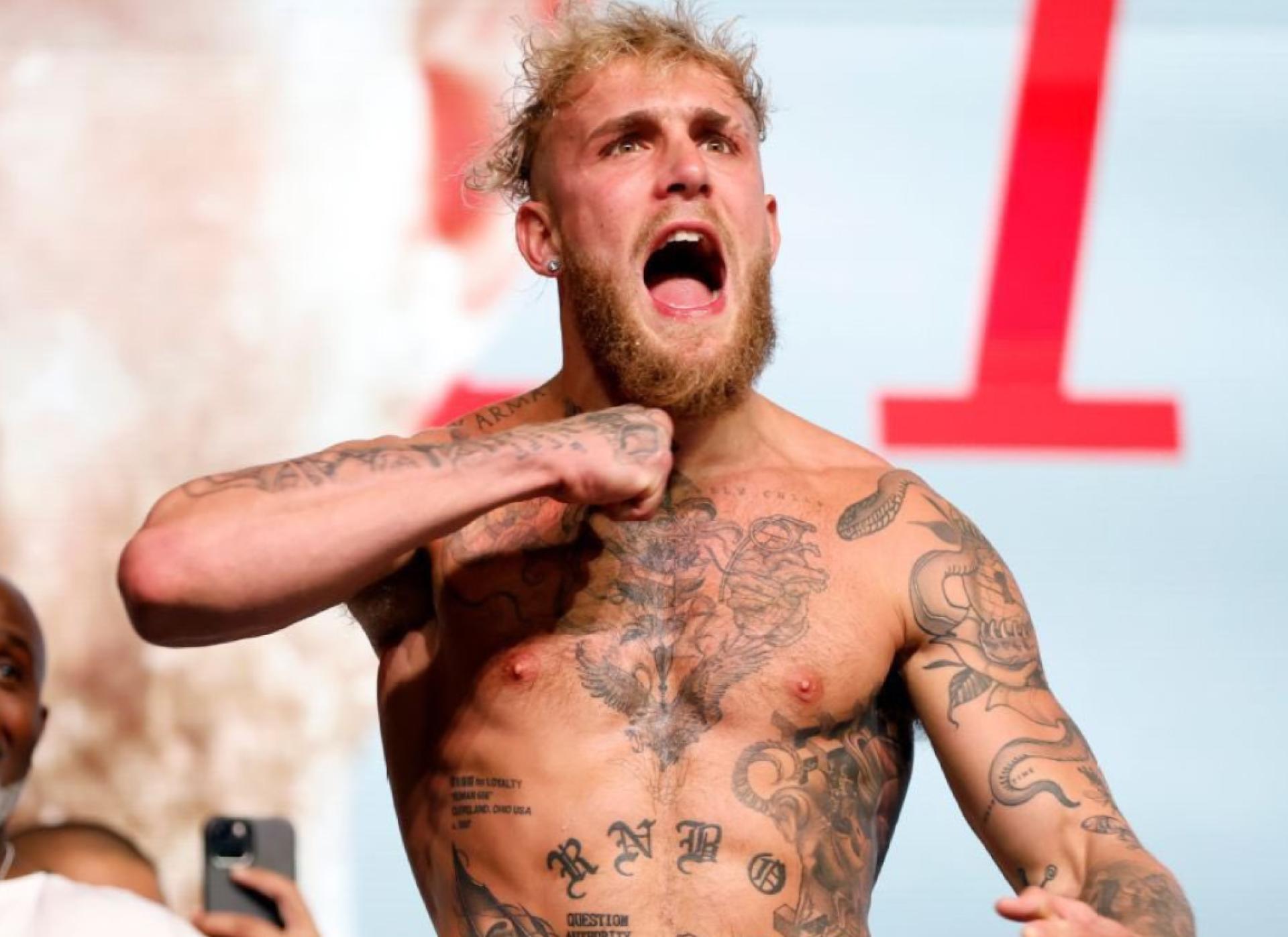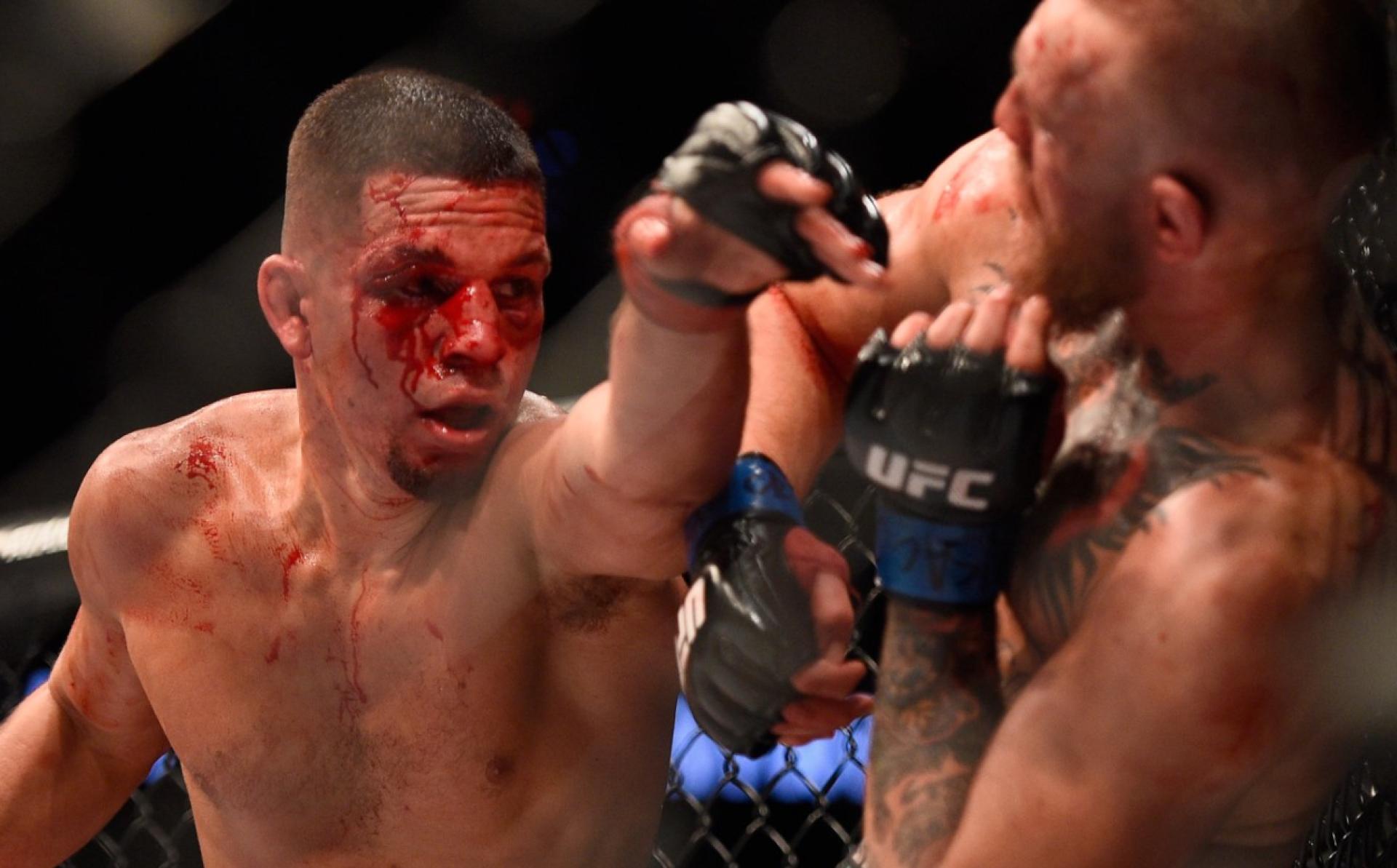Iran and the United States held “constructive” discussions over the Iranian nuclear programme.
The second round of Oman-mediated talks in Rome took place on Saturday, a week after the first session in Muscat, the Omani capital.
“Technical discussions” are now expected to begin on Wednesday in Oman, after which more high-level meetings will be held to move closer to an agreement.
So, what are these technical discussions? And is an agreement likely?
Here’s what you need to know:
What are these technical talks?
On Wednesday, working-level experts from both sides will begin discussing the inner workings of sanctions relief and how that relates to Iran’s nuclear programme.
The sanctions regimes imposed on Iran are complex and multilayered, and each layer has to be linked to a specific action or guarantee Iran is being asked to undertake with regard to its nuclear programme.
Three days after these talks, another round of high-level talks will be held in Muscat.
The last two rounds were indirect talks between Iran’s Foreign Minister Abbas Araghchi and US Special Envoy Steve Witkoff, passing messages through Omani Foreign Minister Badr Albusaidi.
 Police officers at one of the entrances to the Omani embassy, where the second round of US-Iran talks took place in Rome, Italy, on April 19, 2025 [Vincenzo Livieri/Reuters]
Police officers at one of the entrances to the Omani embassy, where the second round of US-Iran talks took place in Rome, Italy, on April 19, 2025 [Vincenzo Livieri/Reuters]How did we get here?
Officials are optimistic about the progress on talks that started with US President Donald Trump threatening Tehran with attacks if it did not negotiate.
In early March, Trump said he had written to Iran’s Supreme Leader Ayatollah Ali Khamenei, asking for talks on the country’s nuclear programme.
But the letter was sent via the United Arab Emirates, and UAE presidential diplomatic adviser Anwar Gargash delivered it nearly a week after Trump’s announcement.
After saying Trump’s letter had not been received yet, Khamenei declared Iran would not accept the “demands” of “bully governments”.
But something thawed in the normally icy relations, and Iran agreed to indirect talks after Omani mediation.
Interestingly, Oman was also the mediator for the initial secret talks between Iran and the US that led to the JCPOA.
 Araghchi and Italy’s Deputy PM Antonio Tajani meet in Rome before the Iran-US talks [Handout via Iranian Foreign Ministry]
Araghchi and Italy’s Deputy PM Antonio Tajani meet in Rome before the Iran-US talks [Handout via Iranian Foreign Ministry]Does Iran want a nuclear weapon?
Iran has given no indication that it plans to build a nuclear weapon. In fact, the supreme leader has issued a religious decree years ago prohibiting the pursuit of such a weapon.
When Trump’s threats escalated, Khamenei said if Iran chooses to pursue a nuclear weapon, nobody could stop it. However, he has not reversed his decree prohibiting it.
Wasn’t there a deal limiting Iran’s nuclear programme already?
There was. The 2015 Joint Comprehensive Plan of Action (JCPOA) was a diplomatic win for former US President Barack Obama’s administration.
Under the terms of the deal, Iran committed to regular inspections of its nuclear energy programme in return for relief on some Western sanctions.
However, criticising the agreement during his first term, Trump withdrew from the JCPOA in May 2018 and imposed punitive sanctions on Iran.
 Abbas Araghchi speaks with the members of the Iranian delegation after the negotiation in Muscat, Oman, April 12, 2025 [KhabarOnline via WANA]
Abbas Araghchi speaks with the members of the Iranian delegation after the negotiation in Muscat, Oman, April 12, 2025 [KhabarOnline via WANA]What does the US want exactly?
One thing that has come up in discussions is how much enriched uranium Iran has and at what level.
Enriched uranium is used for nuclear energy reactors, but that is usually enriched to between 3 and 5 percent.
According to the International Atomic Energy Agency, Iran has 274.8kg (605.8 pounds) of uranium enriched up to 60 percent, lower than the 90 percent enrichment needed for a weapon.
Under the JCPOA, Iran could enrich uranium up to 3.67 percent and keep a uranium stockpile of 300kg (661 pounds).
Witkoff has said 3.67 percent would be an acceptable level of uranium enrichment, which is the same as agreed on in the JCPOA under Obama.
 US President Donald Trump has threatened to attack Iran if the negotiations do not go well [File: Alex Brandon/AP Photo]
US President Donald Trump has threatened to attack Iran if the negotiations do not go well [File: Alex Brandon/AP Photo]So, why does Trump want another deal?
It is hard to read Trump’s mind.
But going by what he has said, he sees himself as a dealmaker willing to talk to anyone, even if he ends up with a deal similar to the last one.
He was supposedly influenced by Israel’s opinion when he said the JCPOA was a “bad deal” and left it in 2018.
Israel has long seen Iran as a foe, claiming it is secretly pursuing a bomb and is a bigger regional threat than Israel’s increasingly violent occupation of Palestine.
Israeli Prime Minister Benjamin Netanyahu was so invested that he dedicated part of his 2012 UN General Assembly address to drawing a cartoon bomb with “red lines” through it, to illustrate his point.
Since international inspections began, there has been consensus that Iran was sticking to the deal, although it has increased its enrichment levels since Trump’s withdrawal from the JCPOA.
So, is there going to be a deal?
It is too early to say.
There are promising signs, such as reports that the Iranian and US teams were in the same room for at least part of the second round of negotiations, and the progress made in technical talks.
Araghchi, according to the semiofficial Tasnim news agency, said: “We succeeded in reaching a better understanding on certain principles and goals.”
He posted on Saturday that “for now, optimism may be warranted but only with a great deal of caution”.
Iran has insisted that the US guarantee it will adhere to this agreement. For its part, the US has insisted that Iran halt the uranium enrichment it claims is necessary to run its nuclear energy programme.
 An Iranian newspaper with a cover photo of Iran and US flags is seen in Tehran on April 19, 2025 [Majid Asgaripour/WANA]
An Iranian newspaper with a cover photo of Iran and US flags is seen in Tehran on April 19, 2025 [Majid Asgaripour/WANA]
 8 months ago
150
8 months ago
150









 English (US) ·
English (US) ·